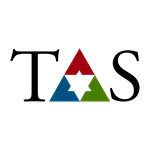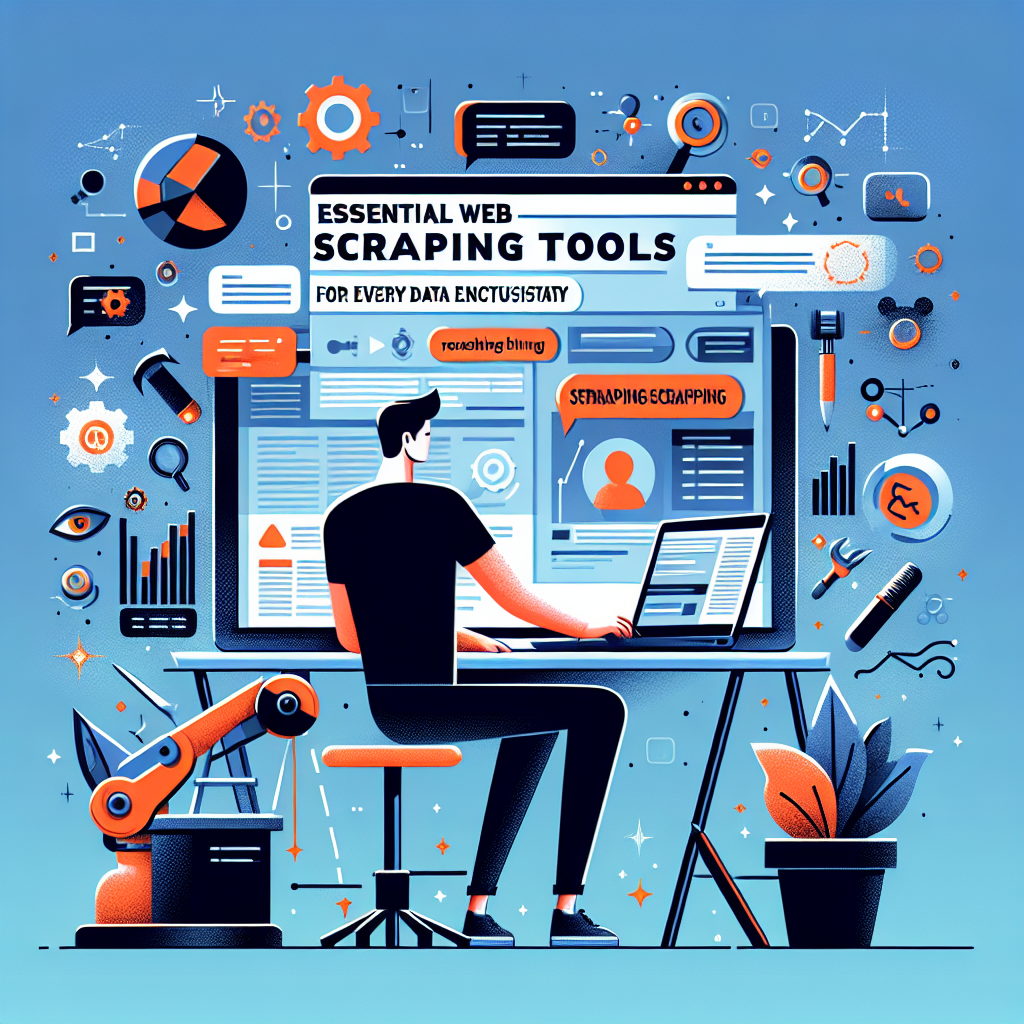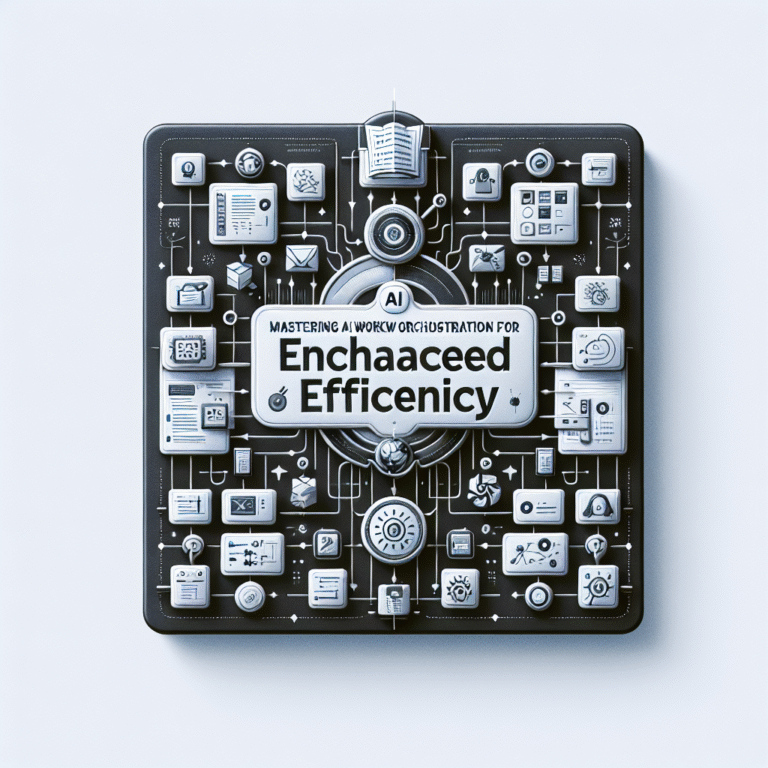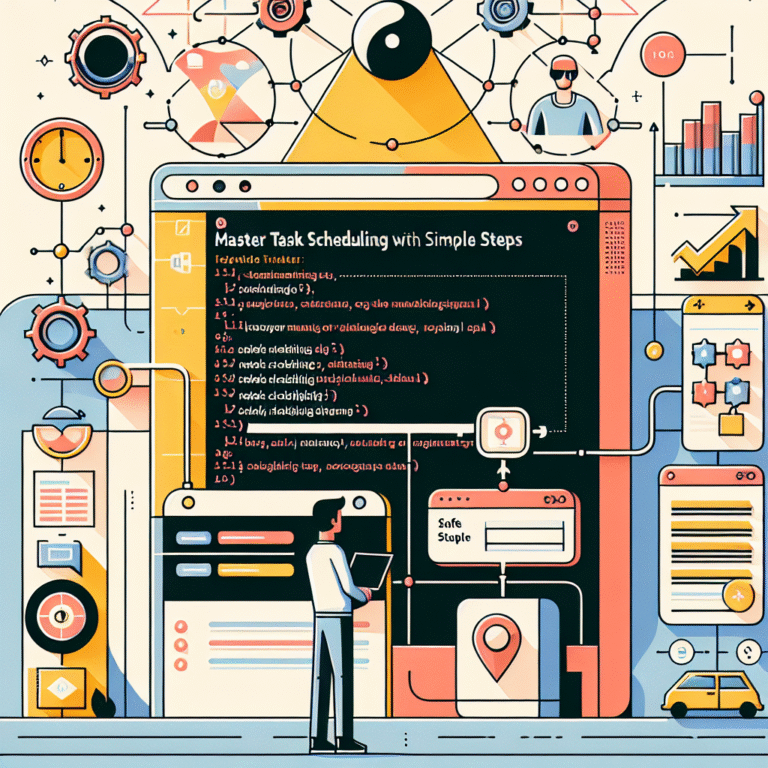“`html
Essential Web Scraping Tools for Every Data Enthusiast
Introduction
Web scraping is a powerful technique that allows data enthusiasts to collect and analyze data from websites. This practice has become increasingly important in a world where data is abundant but often unstructured. With the right web scraping tools, you can unlock valuable insights from online content, making it a crucial skill for anyone looking to work with data.
What is Web Scraping?
Web scraping refers to the automated process of extracting information from websites. The purpose of web scraping is to gather data for various use cases, such as market research, academic studies, and competitive analysis. By employing web scraping techniques, individuals and organizations can convert unstructured data into structured formats for easier analysis.
Common Use Cases
- Market research and price comparison
- Academic research and data collection
- Content aggregation
- Lead generation
- Sentiment analysis
Types of Web Scraping Tools
When it comes to web scraping tools, there are several options available, categorized based on their type and functionality.
Free vs Paid Tools
Free tools often come with limitations in terms of features and capabilities, while paid tools generally offer more advanced functionalities and support for extensive projects.
Browser Extensions
Browser extensions are lightweight tools that can be easily integrated into web browsers to facilitate quick data extraction.
Standalone Software
Standalone software applications provide more robust features and are suitable for large-scale data scraping projects, especially when precision is necessary.
Top Web Scraping Tools
1. Beautiful Soup
Beautiful Soup is a Python library designed for web scraping by parsing HTML and XML documents. It is widely used for its ease of use and flexibility.
- Features: HTML parsing, tree structure representation, and easy navigation.
- Advantages: Ideal for beginners; integrates well with other Python libraries.
2. Scrapy
Scrapy is an open-source web crawling framework that allows users to extract data from websites efficiently. It is highly customizable and supports various data extraction techniques.
- Overview: Built on the asynchronous network library, making it fast and efficient.
- Use Cases: Ideal for large-scale scraping projects and data mining.
3. Octoparse
Octoparse is a user-friendly web scraping tool that offers a visual interface for data extraction. It is suitable for users with limited coding experience.
- User-Friendly Interface: Point-and-click functionality makes it easy to set up scraping tasks.
4. ParseHub
ParseHub is another visual data extraction tool that simplifies the scraping process. It allows users to scrape data from complex websites with ease.
- Visual Data Extraction: Users can interactively select elements on the webpage to scrape.
5. WebHarvy
WebHarvy is a point-and-click web scraping software that requires no coding knowledge. It automatically identifies patterns in web data.
- Point-and-Click Interface: Easily configure scraping tasks by selecting data elements visually.
Choosing the Right Tool
When selecting a web scraping tool, consider the following factors:
- Budget: Evaluate free versus paid options based on your needs.
- Skill Level: Choose a tool that matches your technical expertise.
- Project Requirements: Assess the complexity of the data you need to scrape.
Best Practices for Effective Web Scraping
To ensure ethical and effective web scraping, follow these best practices:
- Ethical Considerations: Always respect the website’s data use policies.
- Respecting Website Terms of Service: Familiarize yourself with the site’s terms regarding data scraping.
Frequently Asked Questions (FAQ)
What is web scraping used for?
Web scraping is used for various purposes, including data analysis, market research, and content aggregation.
Is web scraping legal?
The legality of web scraping varies by jurisdiction and the specific website’s terms of service. It’s crucial to stay informed about your local laws and the site’s policies.
How to avoid getting blocked while scraping?
To avoid being blocked, use techniques like rate limiting, random user agents, and IP rotation. These methods can help maintain your access to the site while scraping data.
What programming languages are best for web scraping?
Python, JavaScript, and Ruby are popular programming languages for web scraping due to their robust libraries and frameworks. Each language has unique strengths that cater to different scraping needs.
How to handle dynamic content?
Handling dynamic content often requires tools like Selenium or Puppeteer, which can interact with JavaScript-rendered pages. These tools simulate user behavior to ensure all relevant data is captured.
“`




